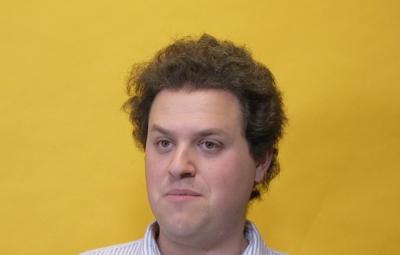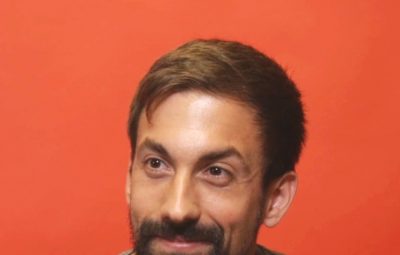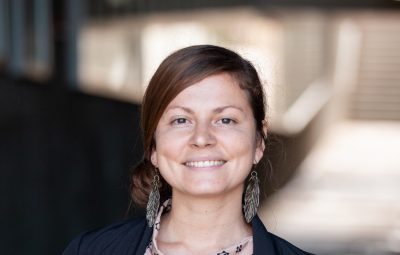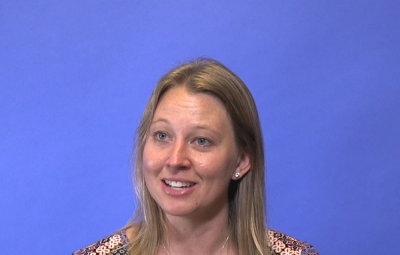Design Lab Associate Director Michèle Morris, and members Nanna Inie, and Jennifer Taylor recently attended the Design at Business Summit in Amsterdam. The three-day event brought together design practitioners from private and public sectors, including SAP, Nestlé, Red Cross, Eindhoven University of Technology, and HPI Potsdam, among others.
Through a series of keynotes and workshops, the summit centered on the question: Is it time to innovate design thinking? Day one of the summit, titled “Outside In,” broadly explored challenges in the world where there could be a role for design thinking, a core aspect of the Design Lab’s philosophy. The remainder of the summit offered diverse perspectives on methods and applications, covering areas such as experience design, organizational design, transformative practices, and design leadership.
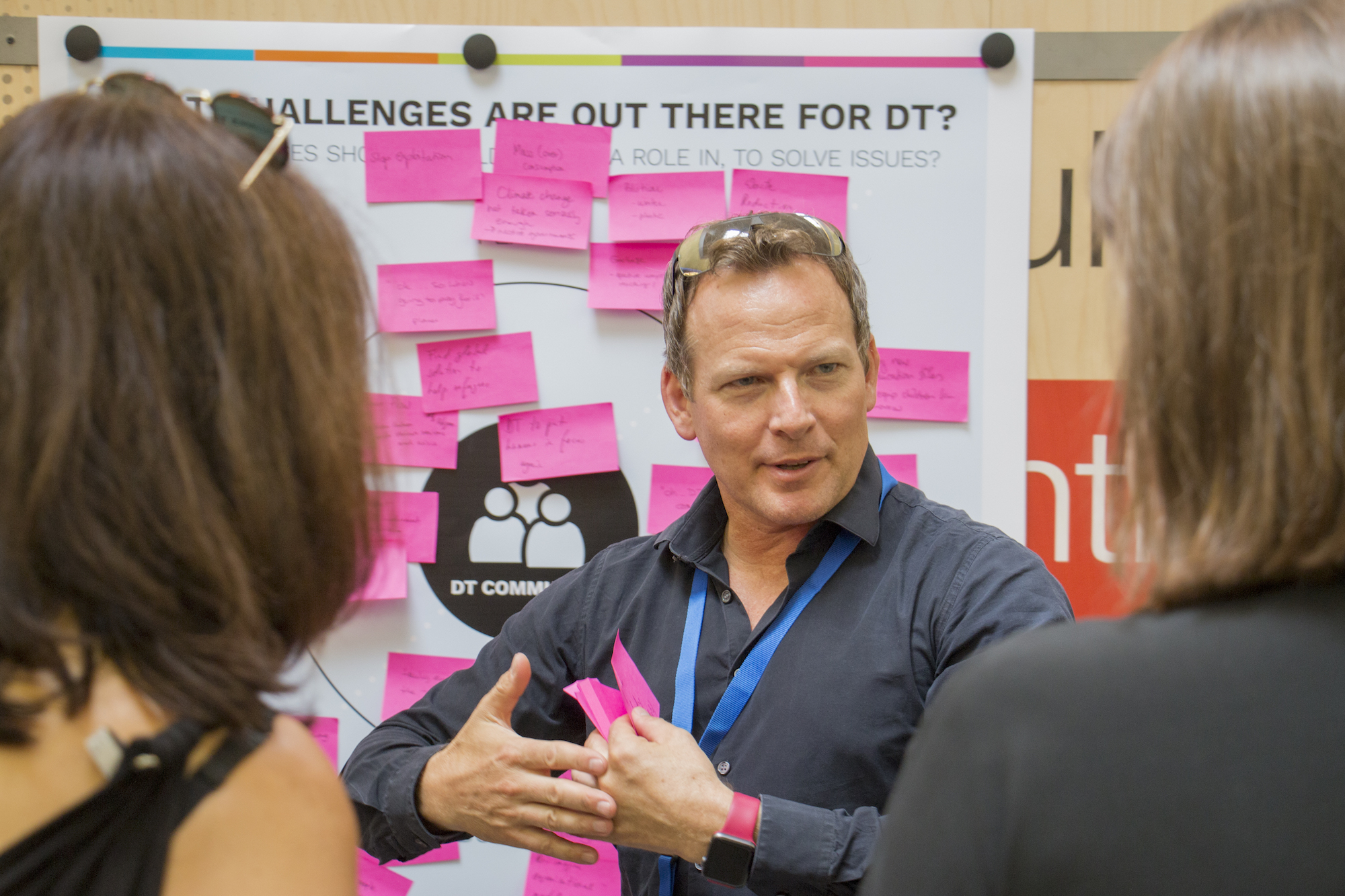 The summit kicked off with keynotes describing opportunities for design thinking in addressing societal challenges. Maarten van Aalst and Fleur van Monasso from the Red Cross Red Crescent Climate Centre explained how risk management has become increasingly complex in the face of a changing climate. Marco Steinberg from Snowcone & Haystack built on this theme in describing how the growing complexity of societal challenges has required a shift from managing “risk” to managing “uncertainty.” In his work supporting scalable solutions within government agencies, Steinberg moves away from traditional, linear processes of planning and implementation, to an iterative approach where cycling through planning, implementation, and evaluation guide programming, for example by using prototyping as part of a “soft launch.”
The summit kicked off with keynotes describing opportunities for design thinking in addressing societal challenges. Maarten van Aalst and Fleur van Monasso from the Red Cross Red Crescent Climate Centre explained how risk management has become increasingly complex in the face of a changing climate. Marco Steinberg from Snowcone & Haystack built on this theme in describing how the growing complexity of societal challenges has required a shift from managing “risk” to managing “uncertainty.” In his work supporting scalable solutions within government agencies, Steinberg moves away from traditional, linear processes of planning and implementation, to an iterative approach where cycling through planning, implementation, and evaluation guide programming, for example by using prototyping as part of a “soft launch.”
Other sessions described opportunities for advancing design processes. Presenters included Ford designer Joy Mountford, who argued that, in order to gain a genuine understanding of how people interact with a new technology, tools for prototyping must engage multiple senses to effectively embed users in the experience. Sean Carney, Chief Design Officer at Phillips, described how its Cocreate process engages stakeholders in the design process. For instance, patients and physicians contribute to the design process to improve children’s care experience during diagnostic testing in radiology.
 So what might the future look like for design thinking? Recounting the history of design over the past two decades, Alexander Grots illustrated how design has evolved from an early, business-minded focus on products and deliverables, to increasingly focus on the methods and toolkits that guide the design process, and most recently to shaping ways of thinking that cultivate confidence, courage, and creativity. In the face of increasingly complex and ambiguous challenges, this latter perspective speaks to the Design Lab’s dedication to pursuing opportunities for design in shaping ways of thinking, doing, and being among people and organizations.
So what might the future look like for design thinking? Recounting the history of design over the past two decades, Alexander Grots illustrated how design has evolved from an early, business-minded focus on products and deliverables, to increasingly focus on the methods and toolkits that guide the design process, and most recently to shaping ways of thinking that cultivate confidence, courage, and creativity. In the face of increasingly complex and ambiguous challenges, this latter perspective speaks to the Design Lab’s dedication to pursuing opportunities for design in shaping ways of thinking, doing, and being among people and organizations.
The Design Lab is dedicated to identifying the landscape for design-driven innovations as well as establishing itself as a leader in this space.


